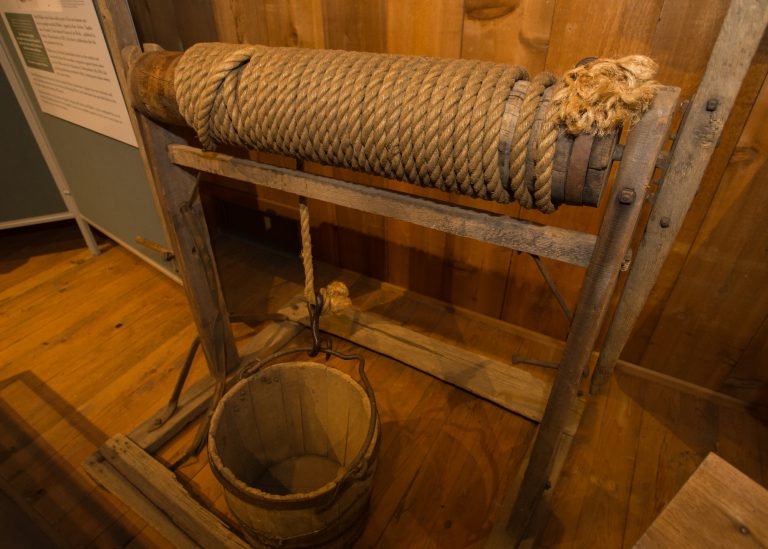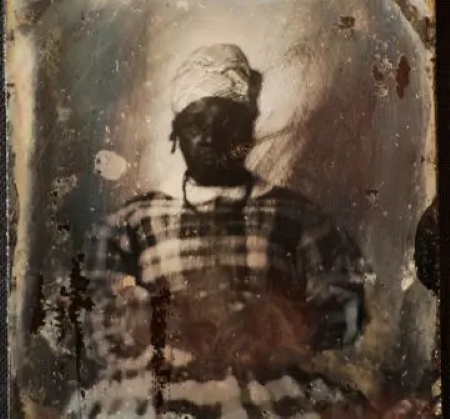Deja Roberson is an undergraduate student of History and Ethnic Studies at the University of Wisconsin-Platteville. Her research interests include African American histories and Colonial America.
By This Author:

OBJECT HISTORY: James D. Williams' Windlass
This is a machine used to lower and raise miners and materials through mine shafts in the lead mining region around Platteville, Wisconsin. Cheap to build and easy to maintain machines such a this one were vital to the development of Wisconsin’s lead mining industry in the nineteenth century.

Slavery in Wisconsin
It may come as a surprise to learn that during the seventeenth, eighteenth, and nineteenth centuries slavery existed in the region that would become the state of Wisconsin. Over this period, thousands of enslaved African Americans or enslaved American Indians lived and worked in this region. Although their lives and histories have been obscured, enslaved men and women helped build some of the most important industries in the state.